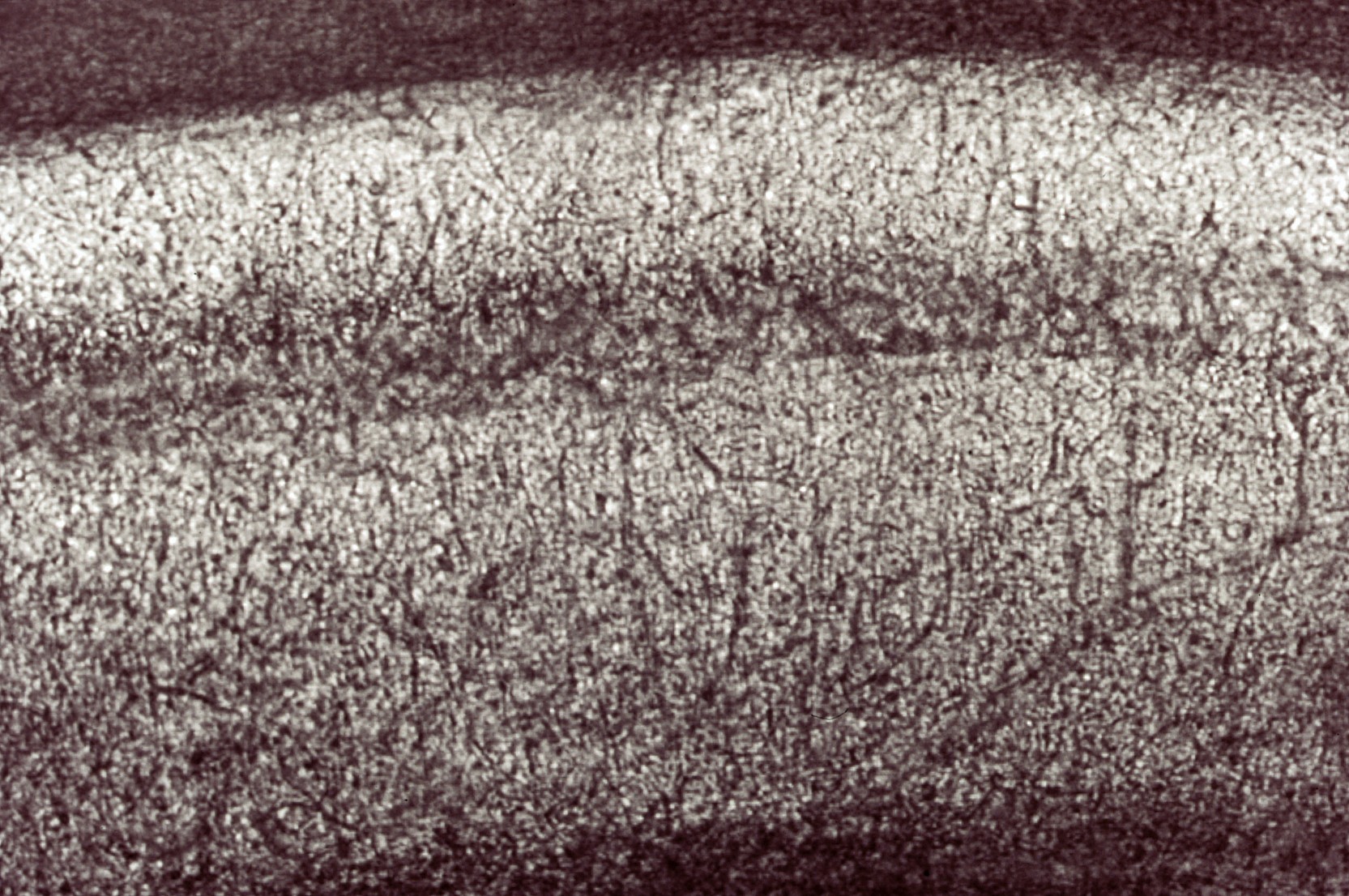Novel Approach for Processing Brain Images and Extracting Neuronal Structures
Using a distance transform algorithm for the meaningful visualization of wide-field microscopy (WFM) brain images
Understanding neural connections that depict brain function is paramount to neurobiology research. There are advances in microscopy technologies that have furthered this research via the study of biological specimens. Using optical and electron microscopes to obtain high-resolution images allowed the retrieval of the micro and nano scale 3D anatomy of the human nervous system. Confocal microscopes have also been used for this purpose. However, these microscopes are expensive and often times take a long time to image biological samples. Thus, neurobiologists prefer to use wide-field (WF) microscopes over the aforementioned ones as it is 10x faster at imaging a slice of a sample. WF microscopes are thousands of dollars cheaper and even minimize the photobleaching to the specimens. Despite its benefits, the WF's microscopes' optical arrangement causes the acquired images to suffer from a degraded contrast between foreground and background voxels due to out-of-focus light swamping the in-focus information, low signal-to-noise ratio, and poor axial resolution. Additionally, most available techniques for 3D visualization of neuronal data aren't applicable to WF microscopy; the transfer function designs for the volume rendering of microscopy images are not effective when applied to WF microscopy. Therefore, there is a need for an improvement that allows for better analysis and visualization of the WF data.
Rather than employing computationally demanding and time-consuming image processing techniques, this technology focuses on a pipeline of novel and efficient visualization-driven techniques for a practical solution in the daily workflow of neurobiologists. It revolves around a distance transform algorithm, called the gradient-based distance transform function. From raw WFM data, a curvilinear line filter and a Hessian-based enhancement filter applied to the computed distance field shows an opacity map for the extraction of neurites and cell bodies, respectively. To eliminate the occlusion and clutter from the out-of-focus blur, three visualization datasets (bounded, structural, and classification views) are generated to increase the effective visualization and exploration of the neuronal structures in WFM images. The visualization is shown on two display paradigms, one on a standard desktop computer display and another on Stony Brook University's Reality Deck (RD), the world's largest immersive gigapixel facility. This provides neurobiologists with an interactive interface to naturally perform multiscale exploration of the visualization modes generated.
 Source: Biosciences Imaging Gp, Soton, https://wellcomecollection.org/works/hkrfq5pu, CC BY 4.0.
Source: Biosciences Imaging Gp, Soton, https://wellcomecollection.org/works/hkrfq5pu, CC BY 4.0.
- Significantly less expensive microscopy method used (WFM). - More time-effective, up to 10x faster than electron or confocal microscopy methods. - Minimizes photobleaching effects. - Minimizes the disadvantages of WFM images (by eliminating the occlusion and clutter from the out-of-focus blur)
This technology will be applied to images of brain (and potentially other parts of the human body) samples that were retrieved from WF microscopy. It will make these images more readable and allow neurobiologists to gain more information from the visualization in a quicker, cost-effective, and efficient method.
Patent Application Published: US 2021/0049338
Available for Licensing
Development partner,Commercial partner,Licensing
Patent Information:
| App Type |
Country |
Serial No. |
Patent No. |
Patent Status |
File Date |
Issued Date |
Expire Date |
|